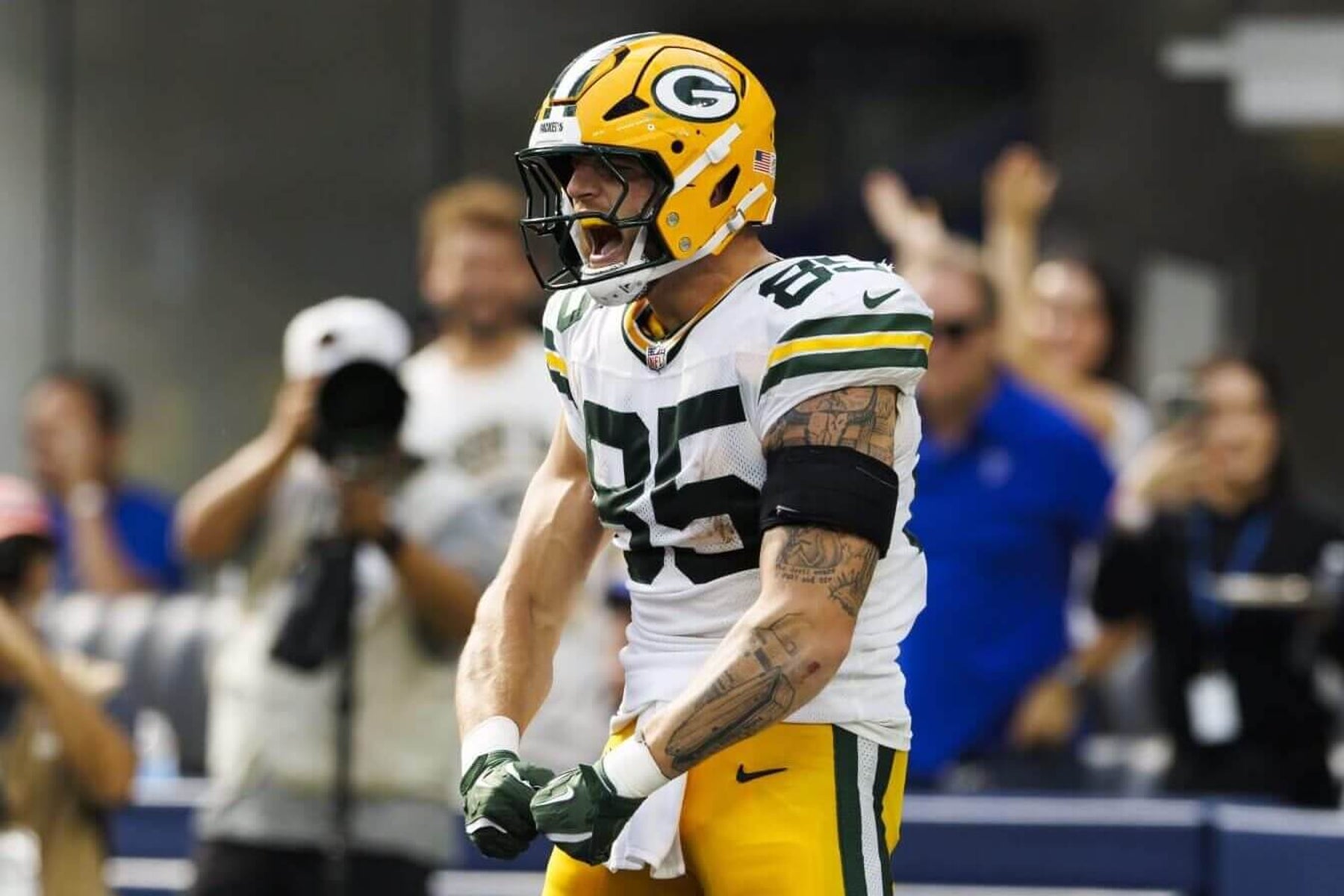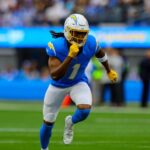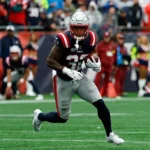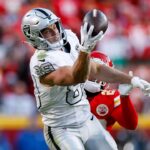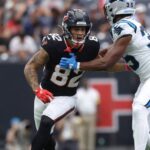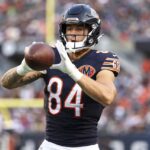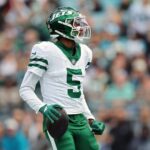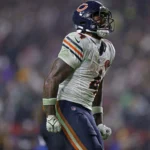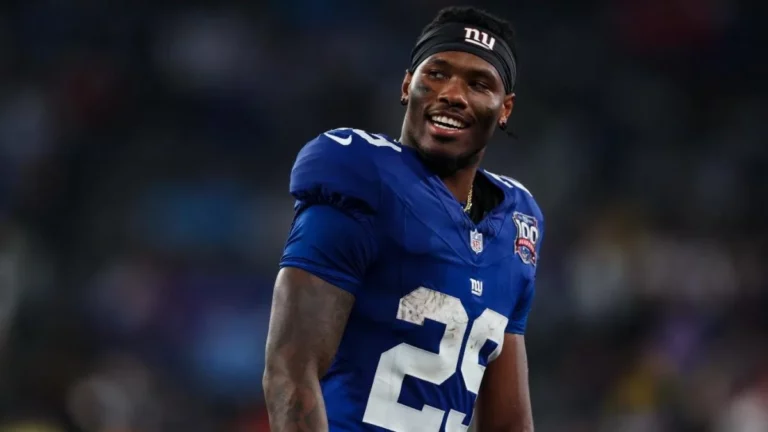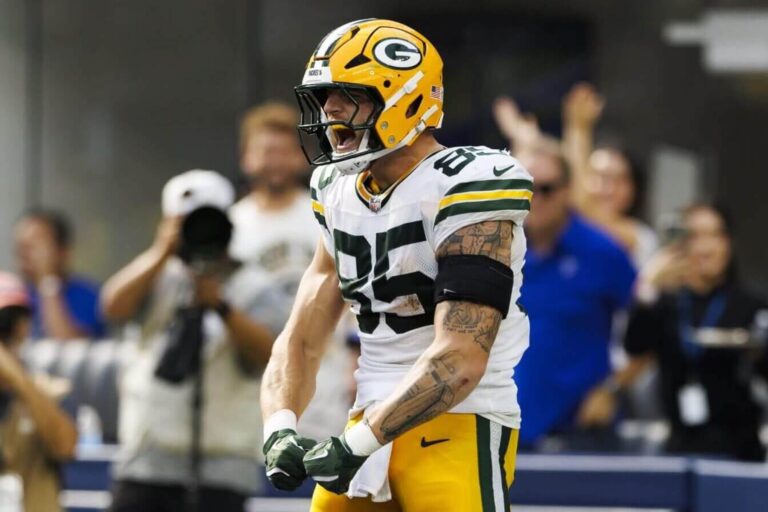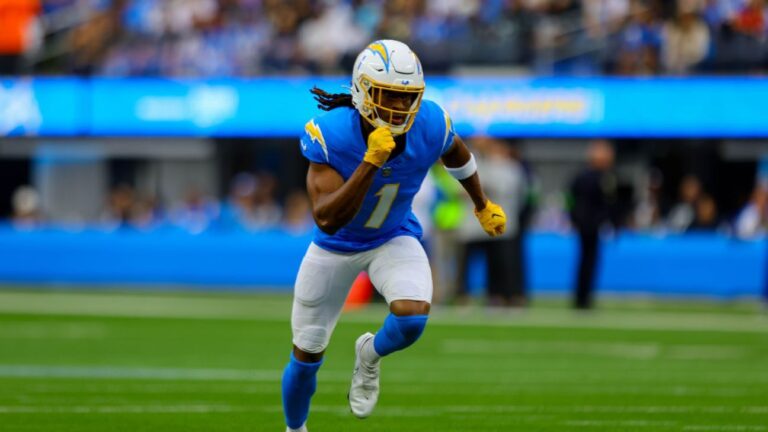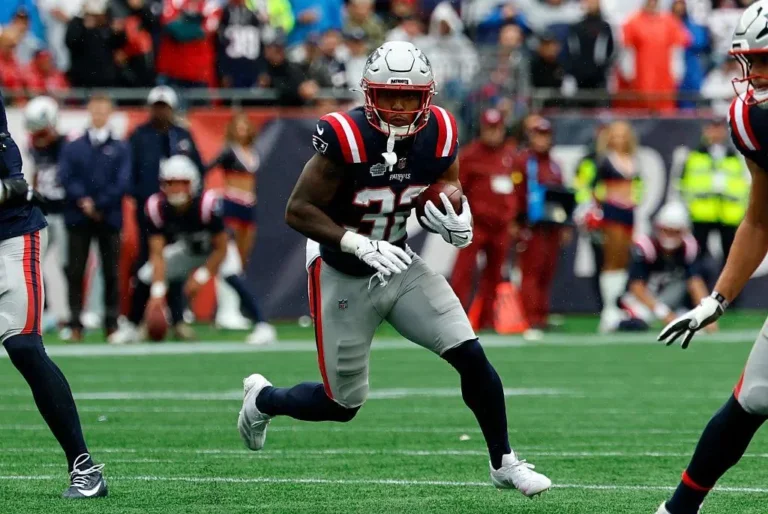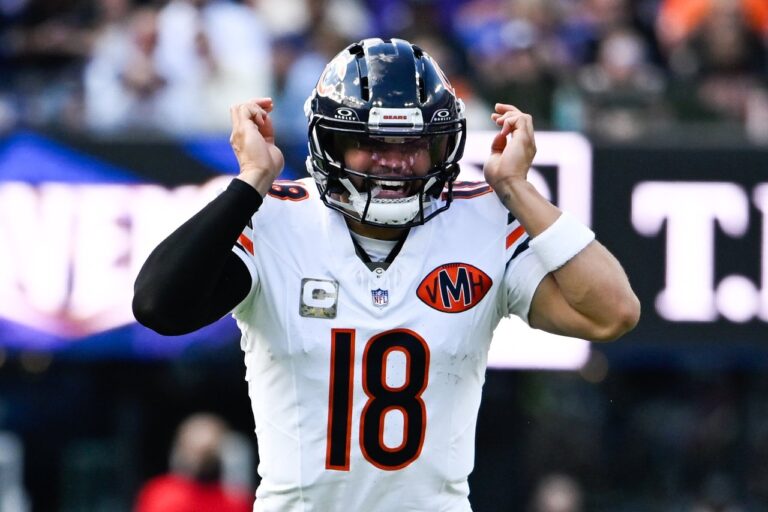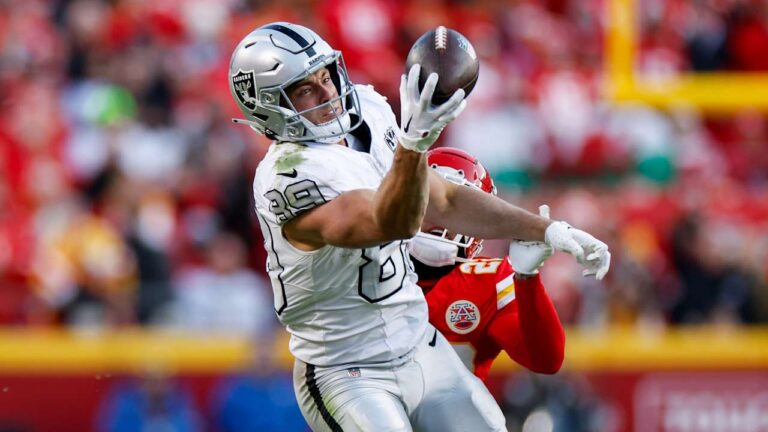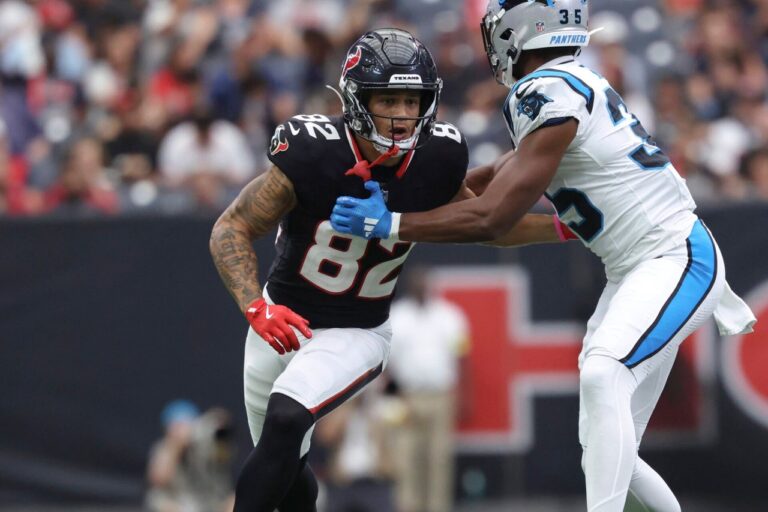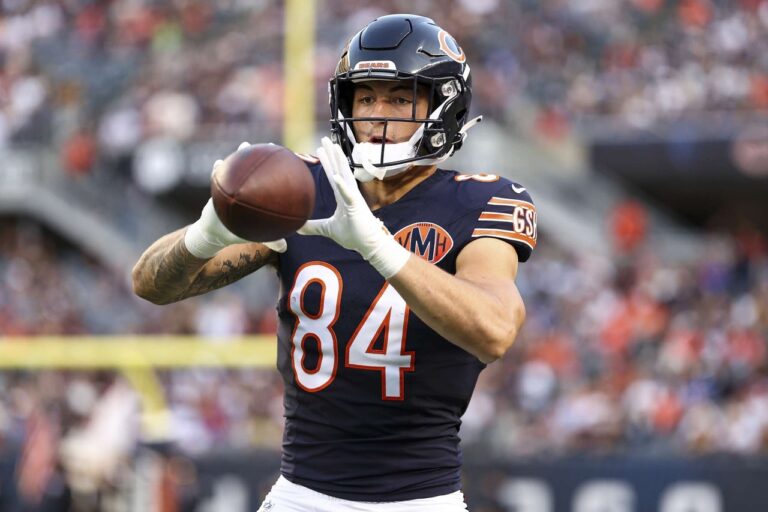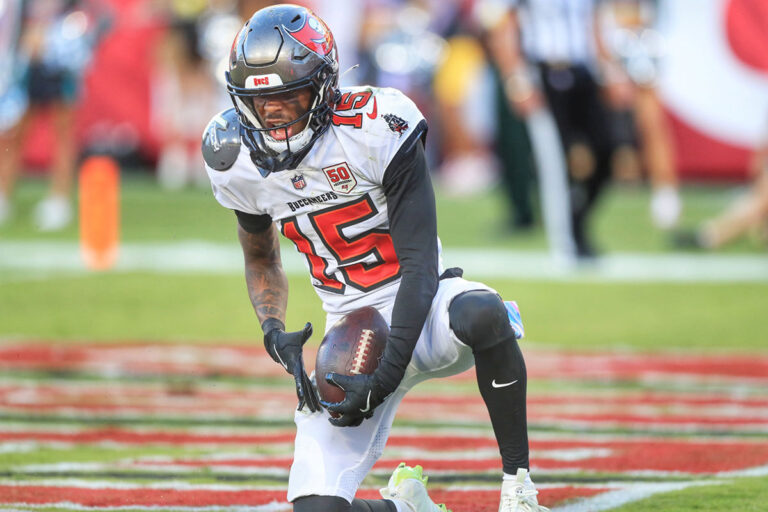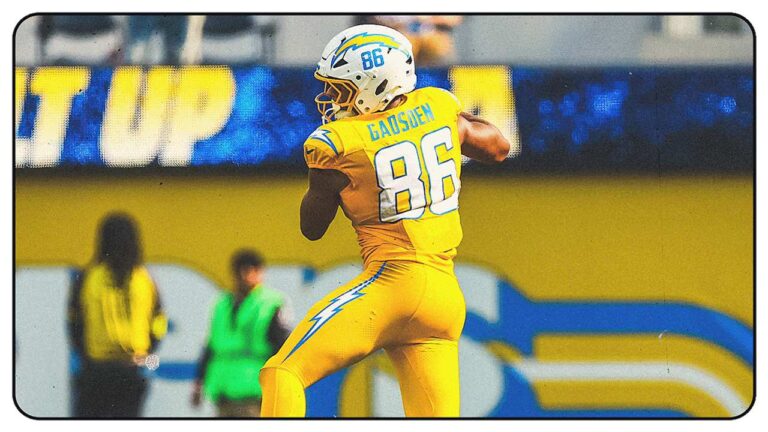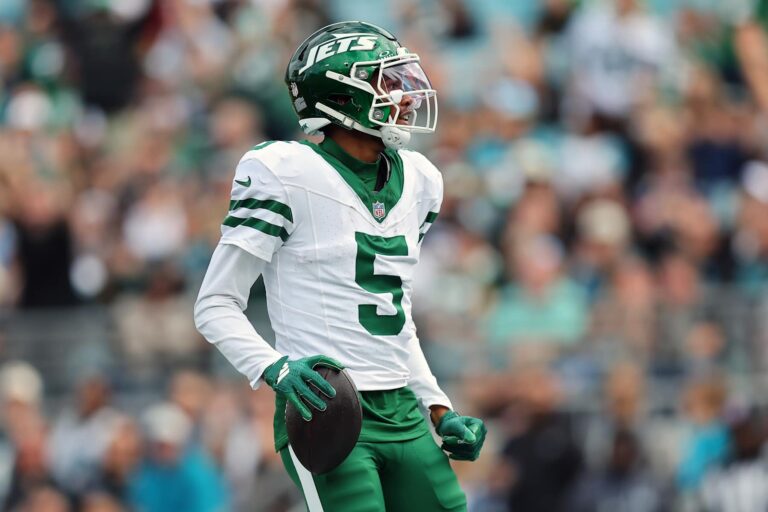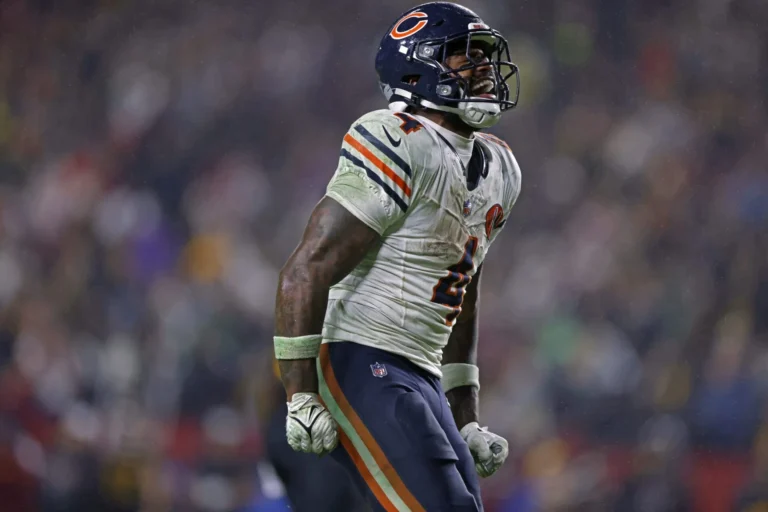Fantasy Football Championships are won with trades.
These fantasy football trade value charts are based on The Wolf’s Rest Of Season Rankings, who finished 2nd of 172 experts in FantasyPros’ Multi-Year Draft Rankings. These charts adjust values to account for positional need, assigning values based on a 1QB, 12-team, full PPR league, where quarterbacks are generally harder to trade due to a lack of positional need, unlike in Superflex leagues.
Each week throughout the season, these values will be altered to reflect the player’s value for the rest of the season. Be sure to tune back each week throughout the season. We’ll be adjusting the chart, discussing risers & fallers, and other TEs of interest, and providing a refresher on optimal trade strategy. The trade value chart for each position is linked below.
FANTASY FOOTBALL WEEK 9 TRADE VALUE CHART: TIGHT ENDS
Tight End Riser
Tucker Kraft is pushing for a top spot in the Rest Of Season rankings after catching 7-of-9 targets for 143 yards and two scores against the Steelers. It’s the third week in a row he hasn’t finished below the TE9, but the schedule ahead vs TEs does get murkier, and his numbers have aligned somewhat with those matchups so far this season. At least consider the possibility of selling high after what could be his best fantasy showing of the year.
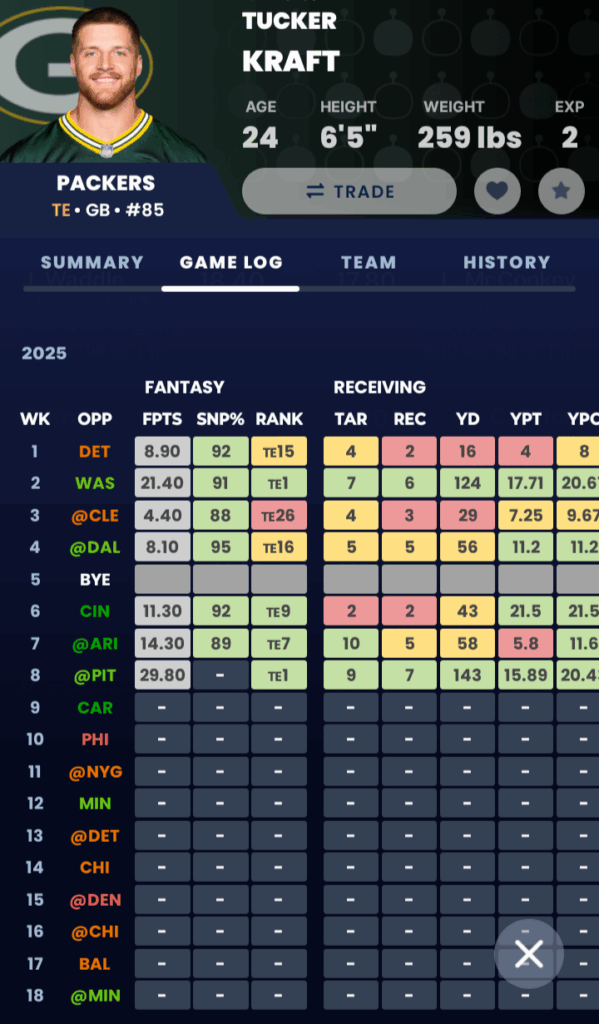
Tight End Faller
Whether TJ Hockensen‘s lack of production is QB-related or not (only 2-of-3 targets for 26 yards in week 8), it’s getting harder every week to envision him getting back to top-12 numbers even when (or if?) JJ McCarthy returns. The Vikings offensive line, once a strength, has been a clear liability this season and could be more of a factor in TJ’s low numbers than TJ himself. He falls a little farther in our rankings yet again this week, from TE17 last week.
Other Tight Ends Of Interest
It looks like Oronde Gadsden Jr. is here to stay, posting a 5/77/1 line with his second-highest snap share of the season (75.6 percent). Is anyone calling this guy a sell-high right now? I can’t imagine they are, but in case anyone is concerned about his staying power, similar to concerns we’re seeing right now with Quentin Johnston, Wolf gave an in-depth look into Gadsden prior to christening him a week 8 start.
Oh look at me, I'm Oronde Gadsden, I'm a good enough route-runner to draw a holding penalty but also good enough at the catch point to pluck footballs out of the air and then big and athletic enough to break tackles and rack up wild YAC. Whatever dude.pic.twitter.com/VVQa7tm9pD
— Ian Hartitz (@Ihartitz) October 20, 2025
For another week, what he continues to be is a prime that you include in a package to upgrade at another position if you were already set at TE from your league’s draft.
Trade Strategy Reminders
Aim To Fill Holes On Your Roster, And Your Trade Partner’s
In general, trade offers that clearly benefit both teams’ overall value, not just your own, will make a trade partner more cooperative. However, being mindful of depth concerns with all teams involved in a trade will only increase the chance of that cooperation. Be mindful not just of weak positional depth, but a surplus of positional depth, with all your league’s rosters. You might have a shortlist of players you’d love to be able to trade for, but if what you have to offer isn’t what your trade partner needs, your offers will likely fall on deaf ears. Say you’re weak at RB, and have a surplus at WR. Teams that are strong at RB, but weak at WR, are naturally more eager to haggle.
Never Mention The Words “But The Trade Calculator Says”
Charts and calculators are a reference that can help find ideal trades, but they’re not gospel, and trying to make your potential trade partner think otherwise could shut the door on negotiations real quick. Even if your charts/calculators show the trade offer to be in your league mate’s favor, they probably have tools and references of their own, and the next time “But the trade calculator says” changes someone’s mind, maybe the first time.
Be Careful How Low-Ball Your Offers Are
Speaking of bad faith, a trade offer that is too clearly in your favor puts you in danger of potential trade partners shutting you out not just for that particular trade negotiation, but any future ones as well. It’s a great feeling to get those kinds of lopsided trade deals, but the ones that are so bad they only go through 1 percent of the time likely aren’t worth hitting the send button to begin with. At their core, fantasy players aren’t complete masochists; they just want to have fun with it, and somebody sending them insulting offers isn’t fun.
WEEK 9 TRADE VALUE CHART: TIGHT ENDS
| Rank | Player Name | Team | Value |
|---|---|---|---|
| Tier 1: The Elites | |||
| 1 | Trey McBride | ARI | 1068 |
| 2 | Jake Ferguson | DAL | 1035 |
| 3 | Tyler Warren | IND | 1024 |
| 4 | Brock Bowers | LV | 1001 |
| Tier 2: TE1 Options | |||
| 5 | Tucker Kraft | GB | 871 |
| 6 | George Kittle | SF | 862 |
| 7 | Dallas Goedert | PHI | 644 |
| 8 | Dalton Kincaid | BUF | 637 |
| Tier 3: Fringe TE1s | |||
| 9 | Travis Kelce | KC | 550 |
| 10 | Sam LaPorta | DET | 510 |
| 11 | Hunter Henry | NE | 503 |
| 12 | Oronde Gadsden II | LAC | 451 |
| 13 | Zach Ertz | WAS | 447 |
| Tier 4: The Rest | |||
| 14 | Darren Waller | MIA | 402 |
| 15 | Kyle Pitts Sr. | ATL | 398 |
| 16 | Harold Fannin Jr. | CLE | 393 |
| 17 | T.J. Hockenson | MIN | 323 |
| 18 | David Njoku | CLE | 262 |
| 19 | Mason Taylor | NYJ | 259 |
| 20 | Noah Fant | CIN | 212 |
| 21 | AJ Barner | SEA | 202 |
